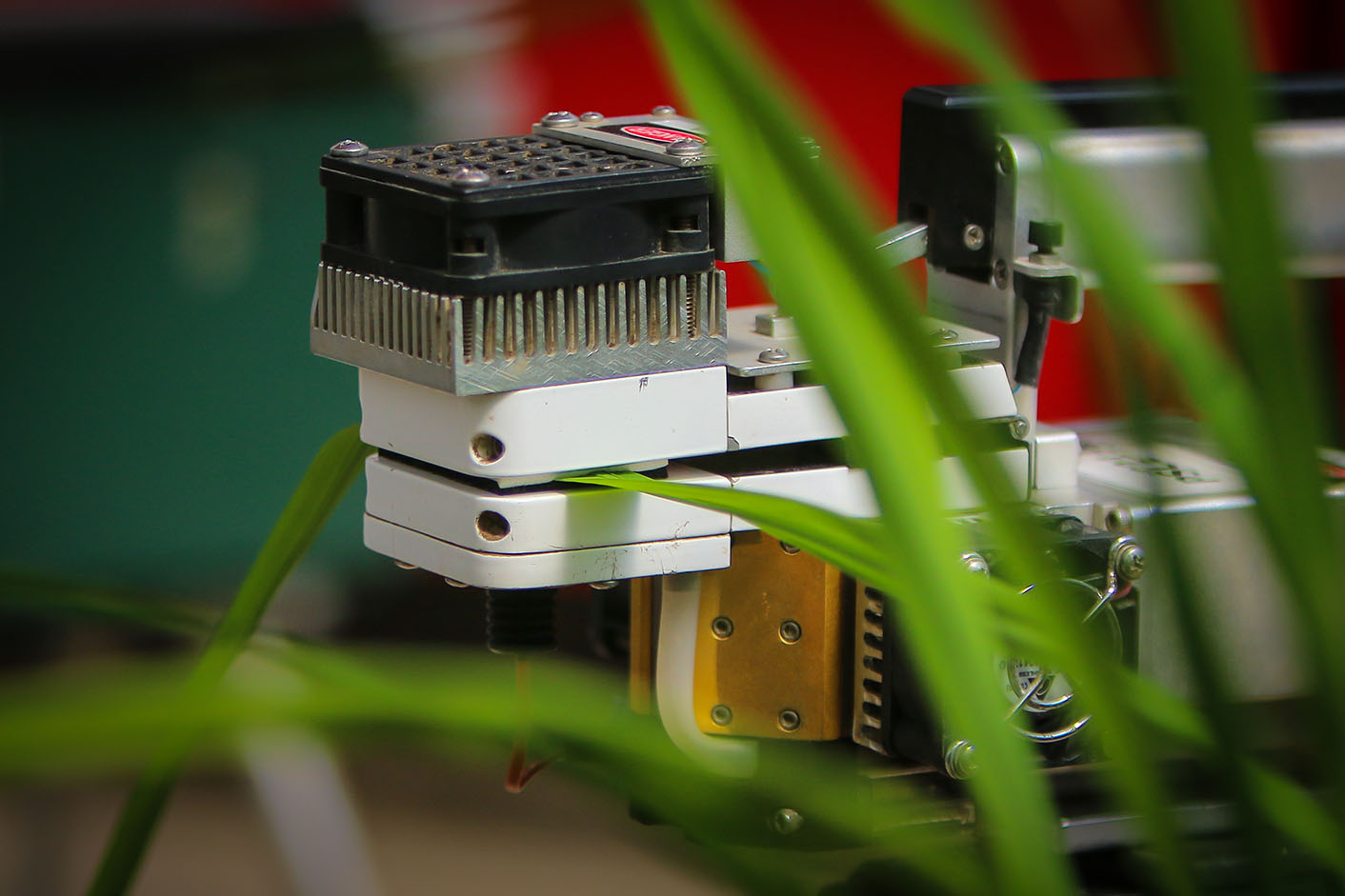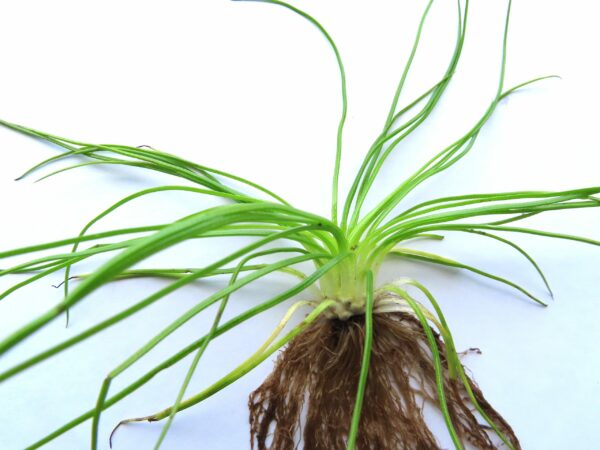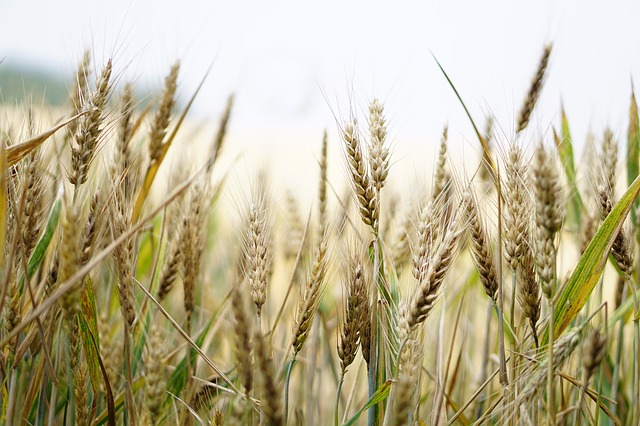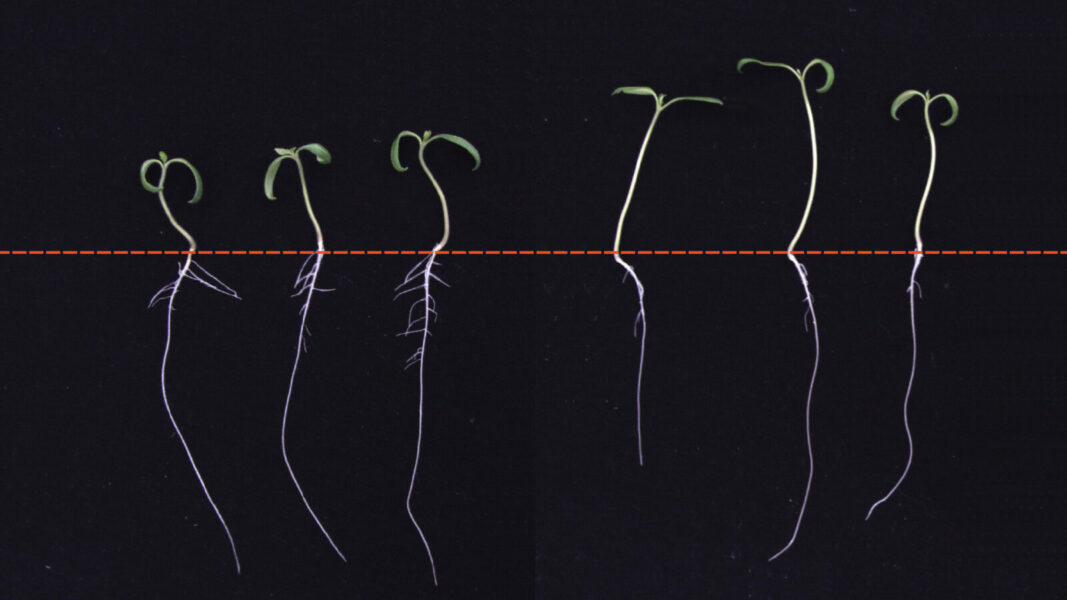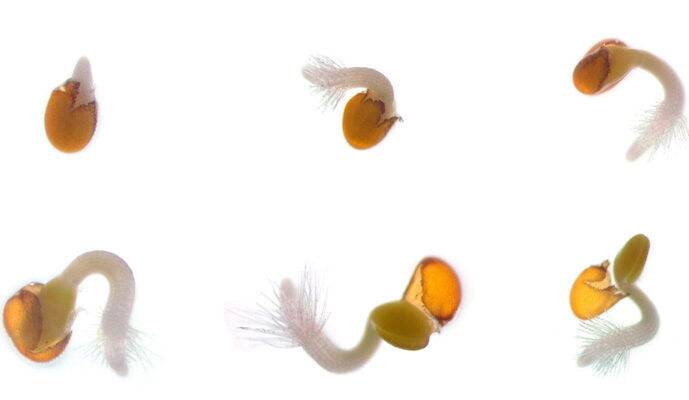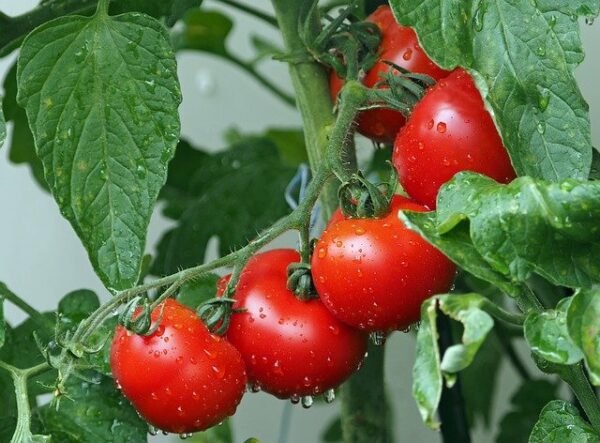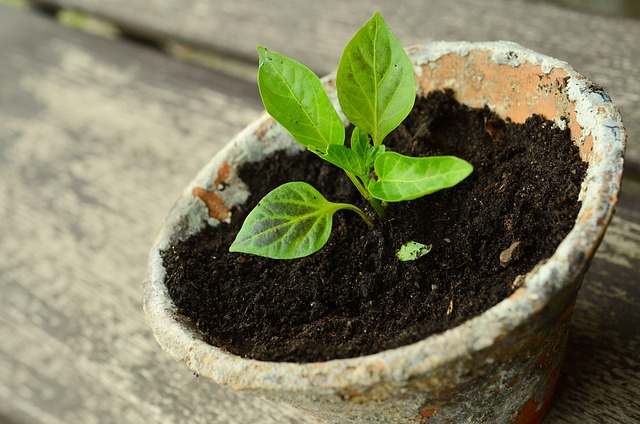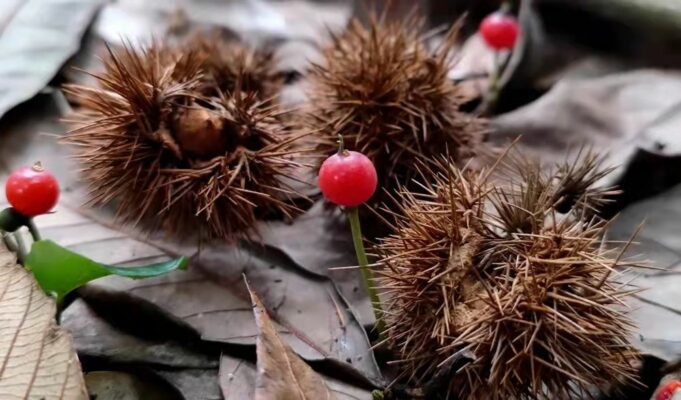
Plants are master chemists, producing a dazzling array of molecules that are valuable to humans, including vitamins, pharmaceuticals and flavorings. The largest and most diverse group of molecules are known as specialized metabolites. Some metabolites attract beneficial insects and others repel or kill herbivore insects that feed on plants or pathogenic microbes. Some of these metabolites are poised for action at the surface of the plant, being made in trichomes, which are small hairs on stems, leaves and flowers. Unfortunately, these natural defenses are often missing from crop plants, having been lost during domestication or advanced breeding.


